A soft implant could avoid multiple surgeries and long waiting times while improving the living conditions of facial paralysis sufferers.
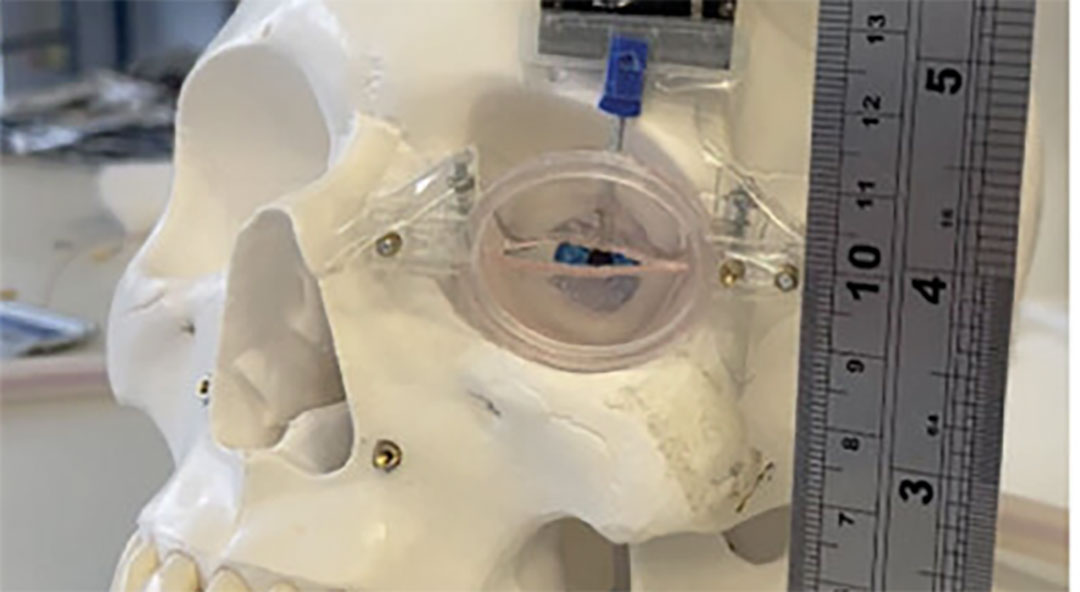

A soft implant could avoid multiple surgeries and long waiting times while improving the living conditions of facial paralysis sufferers.

Using a hydrogel coated with electrospun nanofiber, a new artery graft offers safer coronary artery bypass interventions.
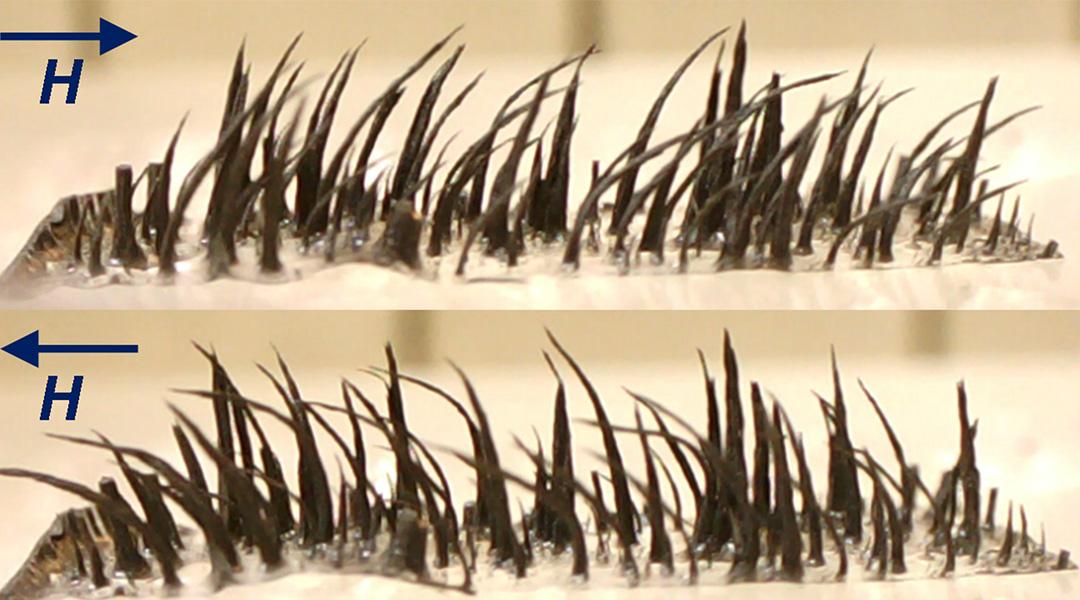
These hair-like structures with applications in robotics are now reprogrammable, negating the need to replace them after one use.
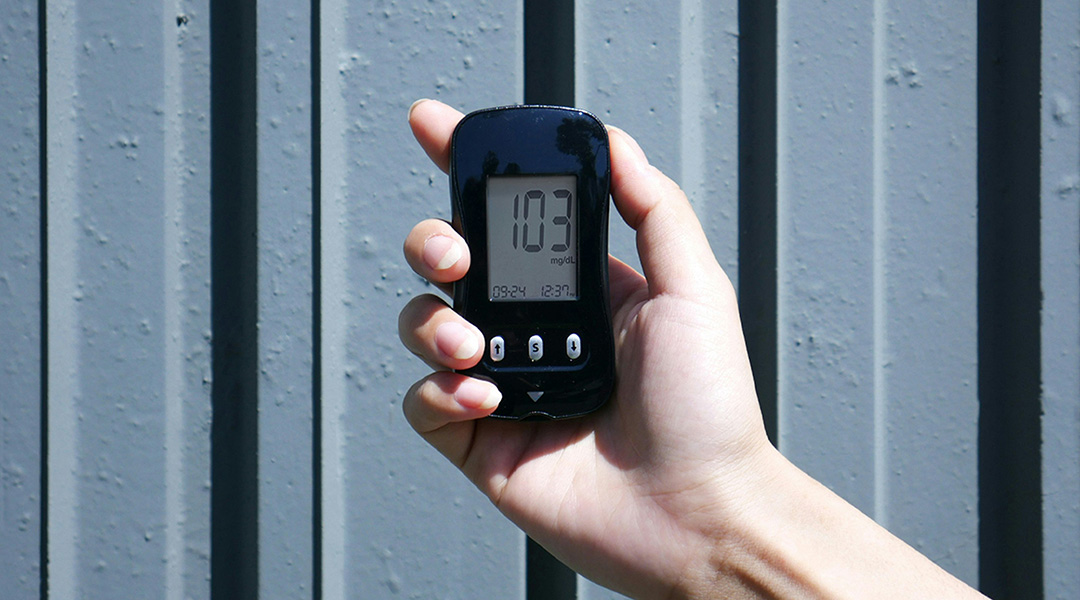
An energy-harvesting wearable patch continuously monitors blood sugar levels via sweat to prevent hypoglycemic events in diabetic patients.

Discover how cellulose may revolutionize flexible electronics, replacing plastics in eco-friendly, sustainable substrates for innovative devices.
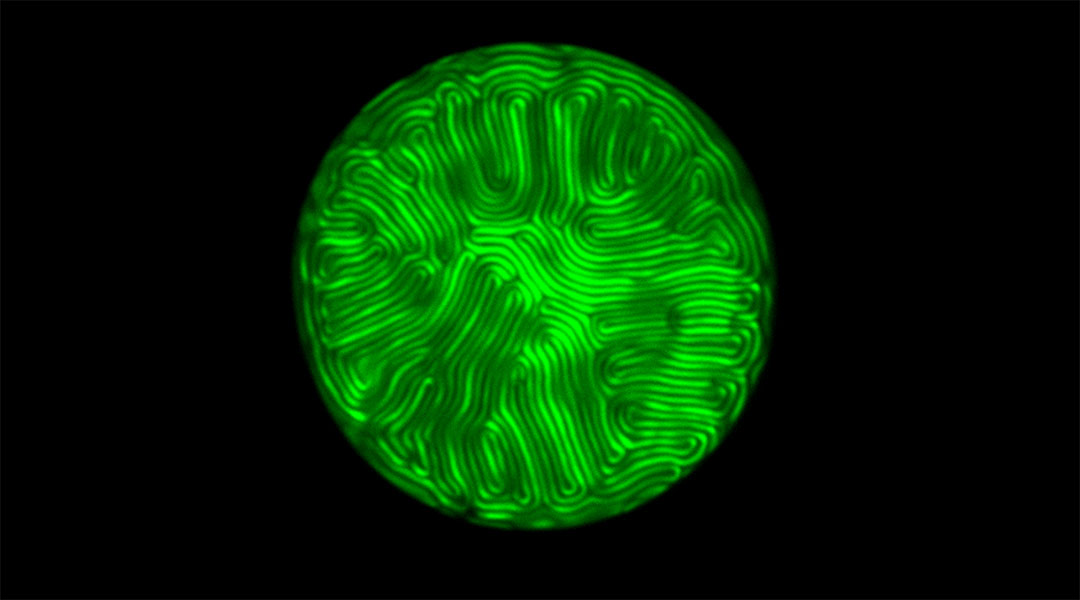
Liquid crystals that generate unclonable fingerprint-like patterns could make the sale of counterfeit goods and theft of personal data much more difficult.
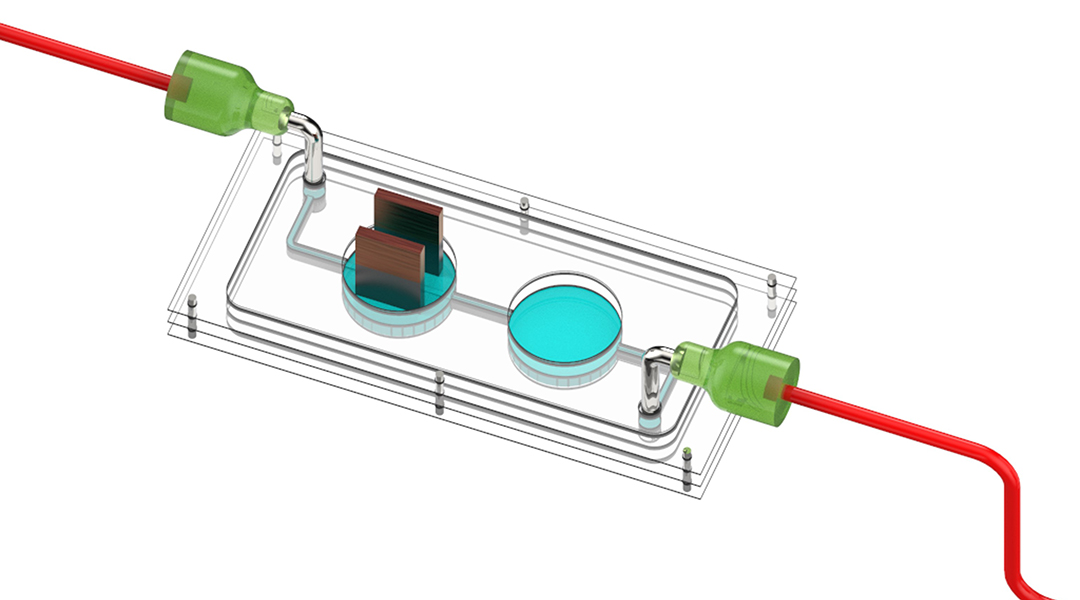
The device provides a powerful tool for studying and treating diabetes, allowing personalized modelling by using patients’ own cells.

A new battery design not only provides energy,not only provides energy, but facilitates automatic surfacing and diving mechanisms in electronic, underwater equipment.
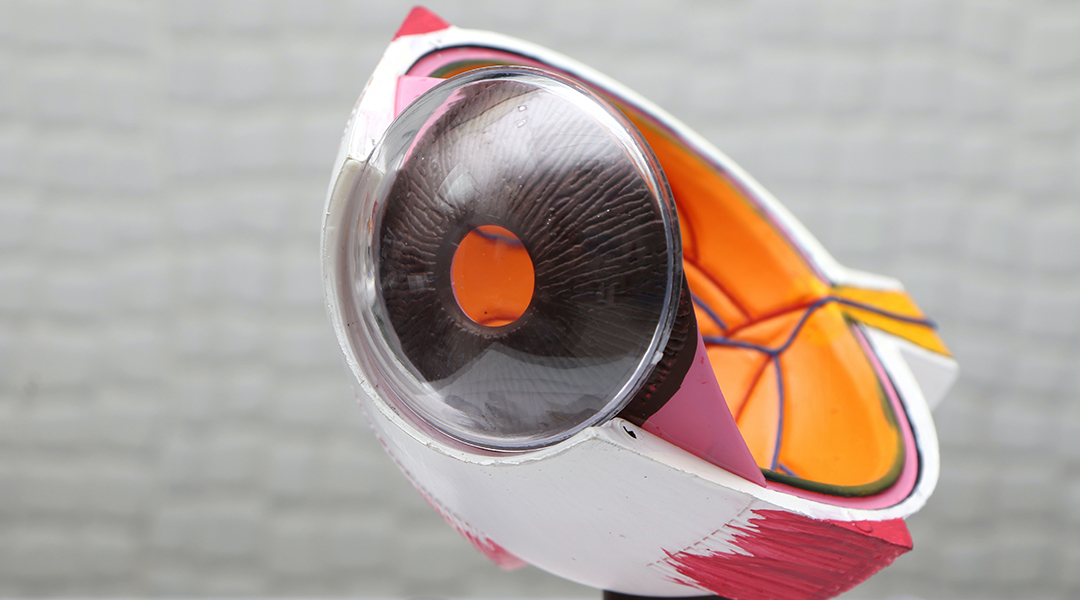
A tiny battery built into smart contact lenses produces its own power through eye blinking, relying on tears and oxygen to power its cells.
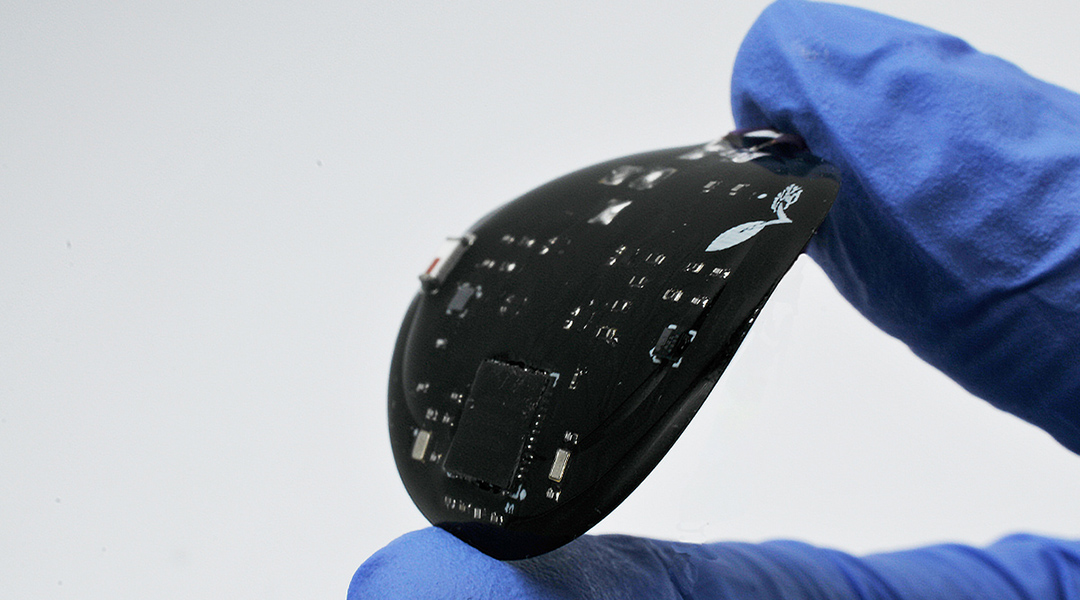
A team led by Wubin Bai developed a novel wearable sensor patch that provides a safe, real-time, less invasive and low-cost way to track a patient’s recovery.